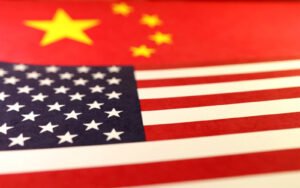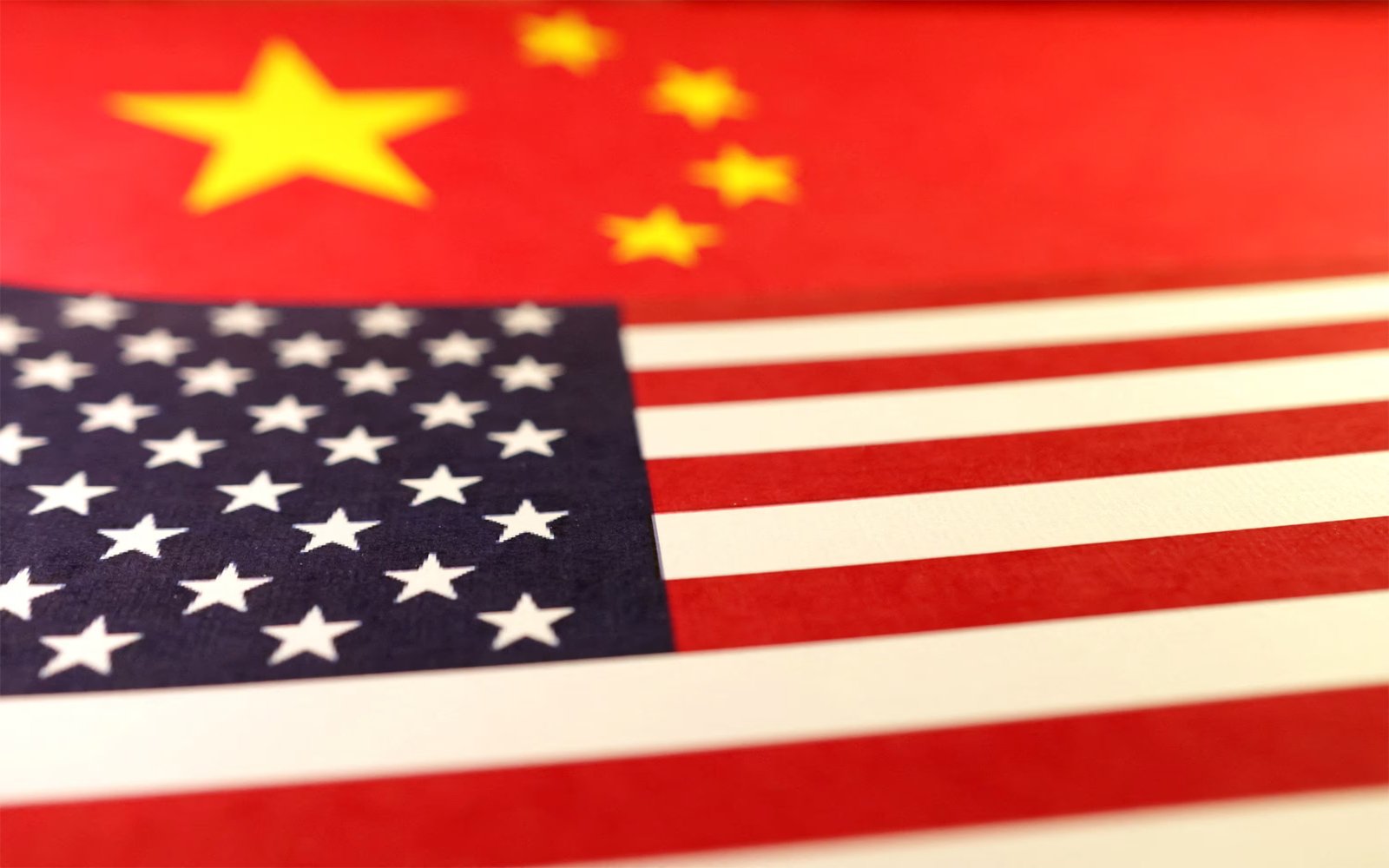U.S. businesses China investments Companies Divert China Investments to Southeast Asia Amid Rising Trade Tensions
Shift in Investment Strategy
Nearly half of U.S. businesses have redirected planned China investments to other regions over the past year — the highest on record, according to the American Chamber of Commerce in Shanghai. The shift comes amid heightened U.S.-China trade tensions and ongoing tariff pressures. Southeast Asia has emerged as the top choice for redirection, followed by the Indian subcontinent, while the U.S. and Mexico tied for third place.
Tariff Pressures on American Companies
U.S. tariffs on Chinese goods currently stand at nearly 58%, while China’s retaliatory tariffs remain around 33%, creating a challenging business environment. About 65% of U.S. companies surveyed said these tariffs were significantly hurting their operations, particularly those in manufacturing. Eric Zheng, President of AmCham Shanghai, emphasized that despite temporary tariff rollbacks, supply chain planning remains a long-term challenge.
Competitive Landscape in China
The survey also revealed that Chinese competitors are outpacing U.S. firms in several key areas, particularly speed to market and adoption of artificial intelligence. Roughly 41% of companies stated Chinese firms were more advanced in AI, with this figure rising to 62% in retail and consumer industries. Despite these challenges, U.S. businesses still hold an edge in product quality and development metrics.
Regulatory Improvements
Despite trade tensions, nearly 48% of businesses noted improvements in China’s regulatory environment, up from 35% in 2024. The share of companies reporting transparency issues dropped by 12 percentage points to 16%. Beijing has also launched initiatives to attract more foreign investment, particularly in sectors like biotechnology. However, 14% of firms still reported worsening conditions, with the tech sector facing the greatest obstacles.
 Southeast Asia Becomes Prime Investment Destination
Southeast Asia Becomes Prime Investment Destination
AmCham Shanghai ke survey ke mutabiq, Southeast Asia sab se zyada pasandida manzil ban gayi hai U.S. companies ke liye jo China se apna capital shift kar rahi hain. Countries jaise Vietnam, Thailand aur Indonesia ne regulatory reforms aur low-cost labor ke zariye apne aap ko attractive banaya hai. Yeh trend pichle kuch saalon mein accelerate hua hai aur ab record level tak pohnch gaya hai.
India’s Growing Role in Global Supply Chains
Indian subcontinent, khas taur par India aur Bangladesh, bhi bohot fast grow kar rahe hain as alternative supply chain hubs. Trump ki criticism ke bawajood Apple jaise giants ne India mein expansion start kar diya hai. Manufacturing ecosystem aur local government ki incentives ne India ko ek strategic option bana diya hai U.S. investors ke liye.
Rising Competition From Chinese Companies
Survey yeh bhi highlight karta hai ke Chinese companies innovation aur AI adoption mein tez hain. Retail aur consumer industries mein 62% respondents ne kaha ke unke Chinese competitors technology mein unse aage hain. Is wajah se American firms ko pressure feel ho raha hai aur unke margins par bhi asar aa raha hai.
Policy Shifts and Investor Confidence
China ne apna image improve karne ke liye policies aur regulations transparent banane ki koshish ki hai. 48% firms ne kaha ke regulatory environment ab clear hai jo pichle saal 35% tha. Lekin phir bhi 14% respondents ko lagta hai ke environment worsen ho raha hai, khas taur par tech sector mein. Yeh divide show karta hai ke long-term confidence abhi bhi shaky hai.
Declining Confidence in China’s Market
Confidence among U.S. businesses regarding China’s five-year economic outlook has plummeted to record lows for the fourth consecutive year. Only 28% of respondents indicated that their China operating margins were higher compared to global business performance, while 33% admitted their China operations were performing worse. This declining confidence signals a challenging future for foreign enterprises in China.
Growing Competition with Chinese Firms
The survey highlighted that Chinese companies are outpacing U.S. firms in several areas, including artificial intelligence adoption and speed to market. Notably, 41% of respondents admitted that Chinese competitors were more advanced in AI, a figure that rises to 62% in the retail and consumer industry. This growing competition poses additional challenges for U.S. companies trying to sustain their market share.
Regulatory Improvements but Lingering Challenges
Despite economic pressures, nearly half of the businesses noted improvements in China’s regulatory environment. Transparency levels increased compared to 2024, and more companies now feel that foreign and local firms are treated equally. However, sectors like technology continue to face difficulties, with 31% of respondents citing worsening conditions.
U.S. businesses China investments
🔹 Internal Link (tumhari website ke liye)
👉 Global Trade and Economy Updates
🔹 External Link (authoritative source)
👉 AmCham Shanghai – Official Report









